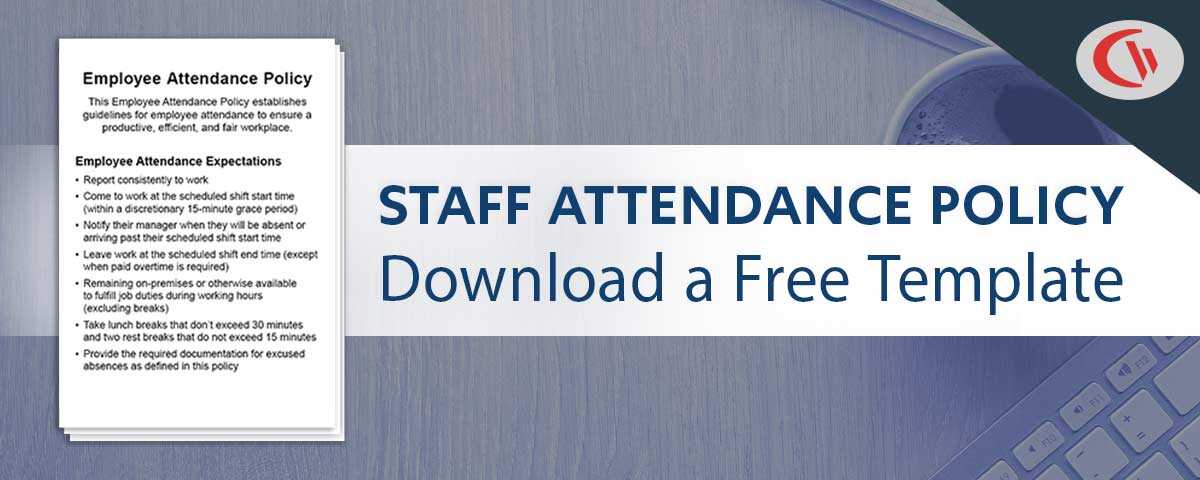Remote Work Makes Employees Happier

As the availability of remote work increases, a study from TinyPulse finds that employees reporting job happiness and productivity are rising as well. The facts are clear: Telecommuting Technology has changed the way we work. According to Gallup, 37% of U.S. workers say they have telecommuted, a dramatic increase from the just 9% who reported the same earlier in the decade.
2020 Statistics posted by Hubspot show interesting statistics about the recent growth trend in remote workforces:
- 4.7 million employees (3.4% of the workforce) work from home at least half the week.
- 62% of employees between 22 and 65 say they work remotely at least occasionally
- 44% of employees say that part of their team is full-time remote.
- While 30% of people report working remotely full-time, 18% work remotely one to three times per week.
While there are many factors to weigh when assembling your distributed and dispersed workforce, remote work does have four critical advantages for small businesses to consider.
- You can find talent anywhere in the world. No longer limited by geographic location, small businesses can source top talent from around the world, without having to worry about relocating employees to a company headquarters.
- You can avoid top-tier salaries required by candidates in big cities. When your talent pool consists of anyone with an internet connection, it’s likely you’ll find a candidate with salary requirements in line with your small business budget.
- Ability to boost productivity. Remote work makes it possible for the employee to choose the environment they prefer working and being most productive in. This might explain why remote workers report they’re substantially more productive than their in-office counterparts. That could be why 91% of those respondents in the TinyPulse survey reported they’re more productive working remotely. In addition to the freedom to choose a specific work environment, remote employees also have the ability to be more deliberate about team member interactions, perhaps even using their meeting time with other team members more effectively.
- Ability to reduce Costs. By shrinking large offices to smaller spaces that can accommodate meetings only, employers could save potentially hundreds of thousands on lease costs annually.
In addition to the potential advantages of a remote workforce, communication and collaboration tools like Slack, Google Hangouts, and Trello have become fixtures in the modern workplace, making it easier than ever to have remote employees.
Remote Work Makes Employees Happier
There are a few other not-so-perfect factors to consider before making a decision about hiring a remote workforce.
The TinyPulse survey of 509 U.S. remote employees also showed long term employees are more likely to be satisfied with remote work than new hires. Those employees who have been remote in their role for 3-5 years are 11% happier and feel 14% more valued than those who have been working remotely for less than a year.
While this may indicate that remote work pays off best over time, it could also mean that employers can do better acclimating their new remote workforce. One of the best ways to do this is by implementing a strong onboarding program as soon as you hire a remote employee. If you have a hybrid workforce comprised of both on-site and remote employees, onboarding is a good time to familiarize new remote hires with your company culture and attitude towards your distributed workforce.
Connectivity At Risk
Another downside to a remote workforce according to the TinyPulse research is that 27% of respondents reported having experienced a work-related problem because they weren’t in the same location as the rest of their coworkers. The best way to combat this? Set the tone for how to communicate with team members early on in the onboarding process. Whether that means providing guidance about how on-site teams interact with remote workers, or even when remote workers should interact with one another, it’s wise for managers to collect feedback and set expectations early on. That could mean communicating the hours remote employees need to be available or providing a code of conduct for common challenges facing remote teams.
Summary: A Remote Workforce Isn’t Right for Every Company
There are many advantages to hiring a remote team, particularly if you’re a growing company: access to talented people around the world, lower cost of labor, and many more. But it’s definitely not for every company. If you’re not sure you’d be able to go the extra mile to leverage the host of communication technologies to make the experience more robust, or if you put a premium on face-to-face interactions, you may want to re-think hiring a remote workforce.
As with everything, trial and error is key. Over time, and with refinement, a remote workforce may be worth the investment for your business.
Article Courtesy of Workest powered by Zenefits.


